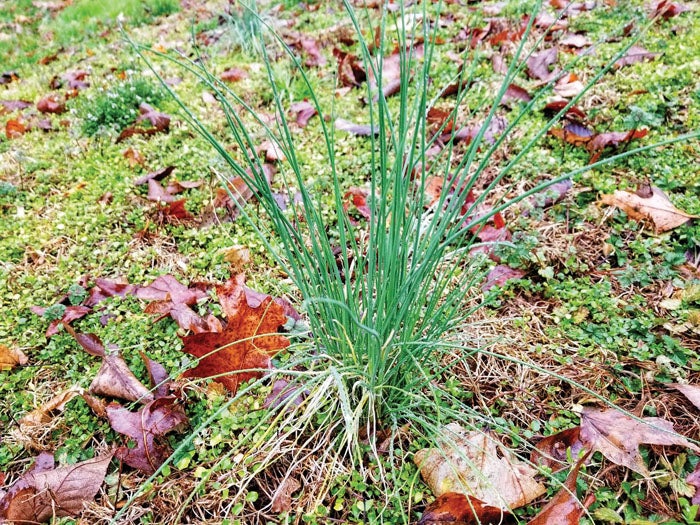Darrell Blackwelder column: Wild garlic
Published 12:00 am Saturday, April 9, 2022

- Wild garlic in yard
Wild garlic, often called wild onions, seems to be instantly appearing in lawns throughout Rowan County as the weather warms. The weed is easily identified as blue-green tufts within dotting yellow-brown winter lawns and its familiar garlic odor.
Wild garlic, Allium vineale is a member of the lily family, a close cousin to edible garlic and onions. The cylindrical leaves of the weed are waxy, bluish-green and hollow. Underground bulbs bear small bulblets which tend to be flat on one side. Wild garlic reproduces rapidly by seed, aerial bulblets and underground bulblets.
Many homeowners will spend hours trying to pull and dig up the bulbs. Unfortunately, it is almost certain to leave a piece of the bulb or bulblets in the ground which will produce another plant next season. These bulbs can live for years in the soil before sprouting, therefore total elimination of this weed often requires a continual application of herbicidal sprays each year.
The use of post-emergence herbicides is the most effective method of reducing wild garlic in cool-season fescue lawns. Wild garlic is considered a broadleaf weed and various combinations or mixtures broadleaf post-emergence herbicides control the weed. These herbicides may be applied now over the top to control the weed. Two applications, ten days apart are often necessary for complete control. Go online to https://www.turffiles.ncsu.edu/weeds-in-turf/wild-garlic/ for more complete information about controlling wild garlic in lawns.
Darrell Blackwelder is the retired horticulture agent and director with the North Carolina Cooperative Extension Service in Rowan County. Contact him at deblackw@ncsu.edu.



